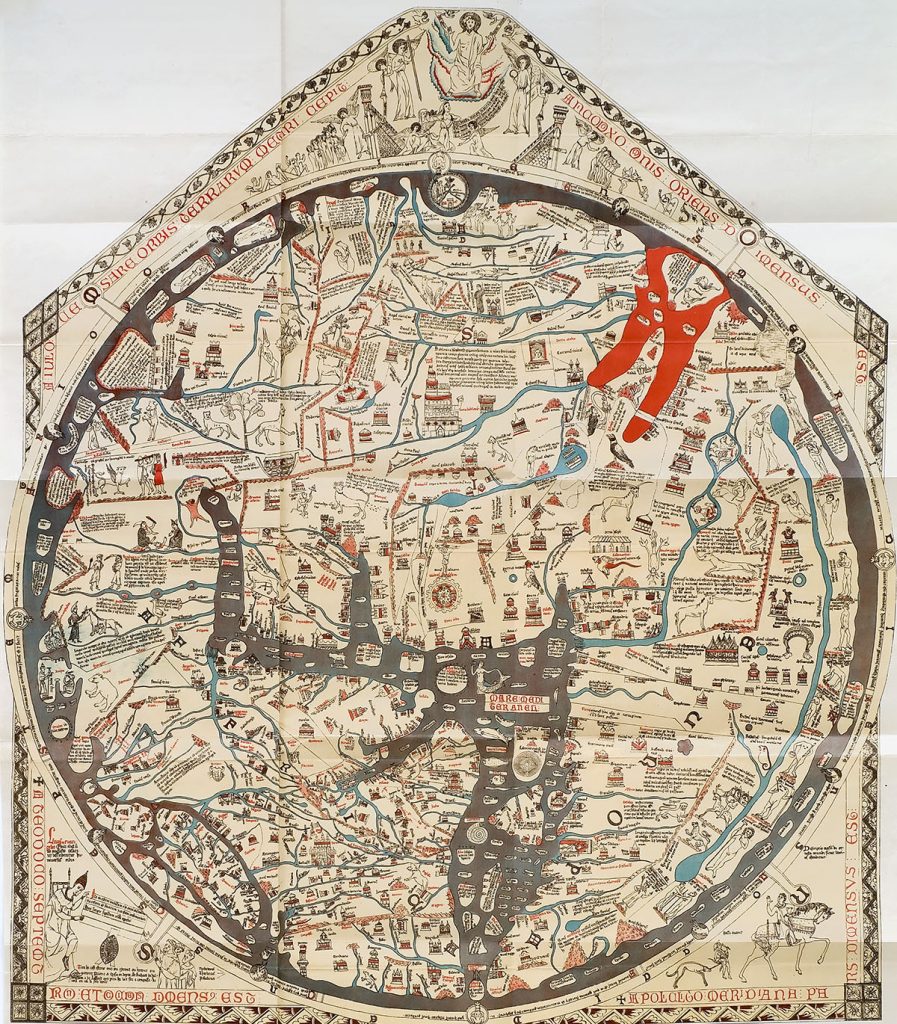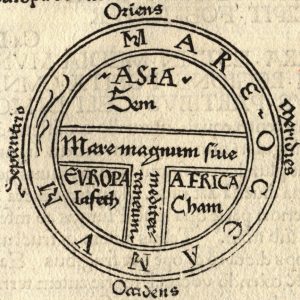The fourth annual gathering of the Ancient-Future Faith Network (AFFN) took place last week on the campus of Trinity School for Ministry in Ambridge, Pa. AFFN, for those not in the know, is an ecumenical association that calls for “the return to classic Christian orthodoxy, orthopraxy, and a hunger for renewal in the worship and spirituality of the church.” Be sure to check out the new website.
What a wonderful gathering we had! Each presentation featured a blend of theology and practice. The talks made you think, and they also inspired you to ask, how can I live out my faith in this way?
I’ll begin with an ending. Our last session was a round-table discussion of Robert Webber’s book, Who Gets to Narrate the World? I’d like to work backwards from here, because I think this book became the theme of the gathering, or a thread that ran through it.
Webber’s book addresses the master narratives that inform the way we live. Many such narratives exist. Webber addressed three—radical Islam, American narcissism, and the Christian narrative. As Christians, we believe that God’s story is the most compelling—the cosmic account of God working through time to redeem all of creation. “Look at all the religions of the world and you will find no better story than this, ” Webber said in The Divine Embrace (22-23).
Webber wrote this book at the end of his life, so the question of who gets to narrate the world had particular urgency for him. Not everyone participating in the round-table discussion agreed with Webber’s assessment of radical Islam. Yet panelist Duane Arnold of The Project said,
Bob wrote this book concerning a narrative as he was dying… It reminded me of St. Augustine revising the City of God, again an approach to a Christian narrative, as he was dying and he could hear the Goths and Vandals besieging Hippo from his death bed . . .
Perhaps Webber saw God’s narrative more clearly, and saw the problems of the world around him, because he was dying. That should make each of us think. Our time is coming. What story do we cling to? How will we live in the time that we have?
This raises a further question: if we believe God’s cosmic story to be the most compelling, how do we live it out? As Rev. Robert Brown remarked, we can’t (nor would we want to) force it on the world, or on ourselves, for that matter. Several papers responded to this question, mostly in a church and worship context.
We heard from Sean Matthew O’Brien, lead pastor of Church in the Round in Cleveland, Ohio. This church, set to have its official launch in September, was founded from the beginning on ancient-future principles, including weekly communion, liturgy, evangelism, and music. The church space is organized “in the round,” with the center of God’s story, Jesus (represented by the Table), at the very center of the congregation.
Dr. Ouida Harding, Minister of Music for Worship, discussed music that tells of God’s story of redemption in the Black Church. She had us sing, too. Some of us (ahem) were a bit timid, but she coaxed the passion out of us. “Is that all you got?” she demanded. Dr. Harding also made a distinction between music ministry and music performance. The former prepares worshippers to hear God’s message that will sustain them the entire week.
The Project’s Duane Arnold and Michael Glenn Bell led afternoon chapel by performing their soon-to-be-released album, Mystic Chapel, a narrative based on the Easter Vigil of St. John Chrysostom. As I listened to their music, it took me—and all of us, I think—on a meditative journey of redemption. “We’re here because of Robert Webber,” Duane said in his and Michael’s talk earlier that day. And we could all see why. Through narrative and ancient liturgy, The Project’s music helps us to travel through God’s story—in worship and in our heart.
And me? I did a presentation on medieval world maps. These maps relate to Webber’s work in a surprising way. The Hereford Map (ca. 1300) narrates God’s story from creation to consummation and centers on the saving work of Jesus Christ in Jerusalem. It shows that God narrates the world. Within this narrative, medieval Christians plotted their own story, in the form of their cities and other points of interest in their world.

This brings out another wonderful part of the gathering. All the presenters, myself included, told pieces of their personal story—how they came to this point in their ministry, how they discovered or journeyed with Robert Webber’s work. I don’t believe this storytelling aspect was planned—it just seemed like a natural thing to do. At heart, these were stories of redemption. They were wonderful examples of how each personal story is embedded within the larger story of redemption that God is telling about the world. We embody God’s story not only through worship, liturgy, and music, but also through living faithfully each day.
On a personal note, I was excited because the gathering gave me a new context in which to see medieval world maps. I usually discuss these maps in terms of spiritual formation. As each talk was presented, I began to see that the maps might also be ways to conceptualize liturgy, worship, and music. They provide a Christ-centered “diagram” for living out God’s story in the church and the world.

I was struck, for example, how much the simple T-O maps (see left) resemble Robert Webber’s diagram for worship space. Sean O’Brien showed us this diagram during his talk—like medieval maps, it is a circle with a center.
Another example: during his comments on Webber’s book, Duane Arnold said, “There’s no longer a center to hold onto in much of what we see in church life today.” Can medieval maps help us to find it again? The maps show us a world—whether it’s church, worship, or cultural narrative—with a center. This center will hold. We need to cling to it.
If a conference stretches the boundaries of your world, I’d say it’s a success. Thank you, AFFN, for enlarging my world through new friends, new ways of thinking, and new ways of worship.